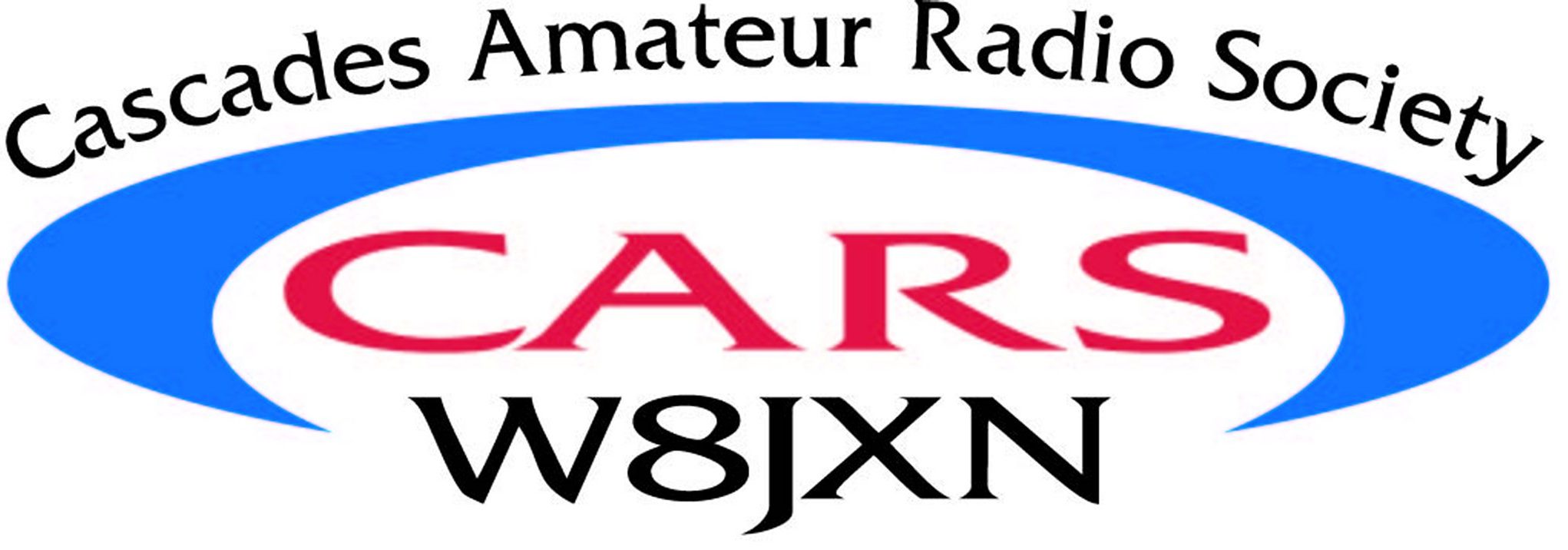 Few people realize this but S-meters on most transceivers are not calibrated to reflect accurate readings. But did you know that most rig’s S-meters are easily adjusted for an accurate calibration. But even if you for whatever reason don’t wish to monkey around with your rig, you can at least find out what your S-meter is telling you.
Few people realize this but S-meters on most transceivers are not calibrated to reflect accurate readings. But did you know that most rig’s S-meters are easily adjusted for an accurate calibration. But even if you for whatever reason don’t wish to monkey around with your rig, you can at least find out what your S-meter is telling you.
To do this exercise you will need a signal generator, a VTVM or digital multimeter, some BNC cabling, and some means of signal attenuation.
To start out we ask the question, “So, what’s all this S business, anyhow?” S-meters indicate a relative signal strength. When these meters are accurately calibrated, you can report to other amateur radio operators what their quantified received signal strength is. But did you notice the word “relative” in there?
The meters themselves are simply common microammeters with a full-scale deflection of usually 50μA. Therefore, in the 1930s it was agreed that S9 would represent 50 μV (not A) at the receiver’s 50 Ohm input and that relative measure has stuck. That, of course, was in the days before VHF. That relative measure for VHF was not optimal so in 1981 the IARU agreed for that for VHF bands that S9 would represent -93dBm or 5 μV into 50 Ohms.
What we will have to do for this calibration is place a 50 μV signal at our receiver’s antenna input. That signal’s source must have an impedance of 50 Ohms as well. So now the question arises, “How in the heck do you come up with a 50 μV signal?” There are no consumer grade signal sources that will develop a signal that small. The answer is that you must use calibrated attenuators. A method for doing this will now be presented.
Let’s estimate how much attenuation will be needed. What is a low potential voltage that your signal generator is capable of producing? For this example, let’s say that our signal generator will dependably put out a stable 10mV signal. How much do we need to attenuate 10mV in order to have 50 μV?
![]()
Next, we look around to see what hardware attenuation is available. For our example we found three (3) 20dB attenuators and one 6dB attenuator shown below. When stacked in series, these will provide 66dB attenuation.
 Now that we have identified what hardware we have to work with and since this is for calibration purposes, it is necessary to find out what the precise values are of these attenuators. The way that we will go about doing this is to run a very large signal through the 20dB attenuators when stacked in series and then we will do the same for the lone 6dB attenuator.
Now that we have identified what hardware we have to work with and since this is for calibration purposes, it is necessary to find out what the precise values are of these attenuators. The way that we will go about doing this is to run a very large signal through the 20dB attenuators when stacked in series and then we will do the same for the lone 6dB attenuator.
Shown to the right observe a direct connection from the function generator directly to the DMM with no attenuation. In doing this we can record with extreme precision what the rms voltage is of the signal coming out of the function generator. The large the signal is coming out of the function generator, the better. In this case we will set the voltage at 7.0000 V where the accuracy of the DMM is ±0.0005 V.
In the next step we insert the stack of three 20dB attenuators to see what voltage will appear at the DMM. The advertised attention is 60dB but we would like to know the value with a little more precision. What we see is 7.987mV. Because we know with extreme precision what the in and out voltages are, we can now solve for the precise level of net attenuation this stack of attenuators is producing.![]() We are seeing a +1.75% error which is really quite good when you consider that this represents the cumulative error of three devices.
We are seeing a +1.75% error which is really quite good when you consider that this represents the cumulative error of three devices.
Next, we do the same with the lone 6dB attenuator and find its error is -2.55%. We would have hopped for better but at least now we know what the error is.
Therefore, stacking all three together we have a known attenuation of -65.10dB for a net error of 1.36%.
Having the attenuation nailed down, what voltage into the attenuation is required to net 50 μV out?
![]()
We now hook up the generator output to the transceiver antenna input with a known 50 μV representing S9. Notice that we are seeing S20. That’s nasty!!!!!
For the Icom 706MkII, the service manual calls out a procedure for calibrating the meter without even opening the chassis. It is merely a few button presses.

